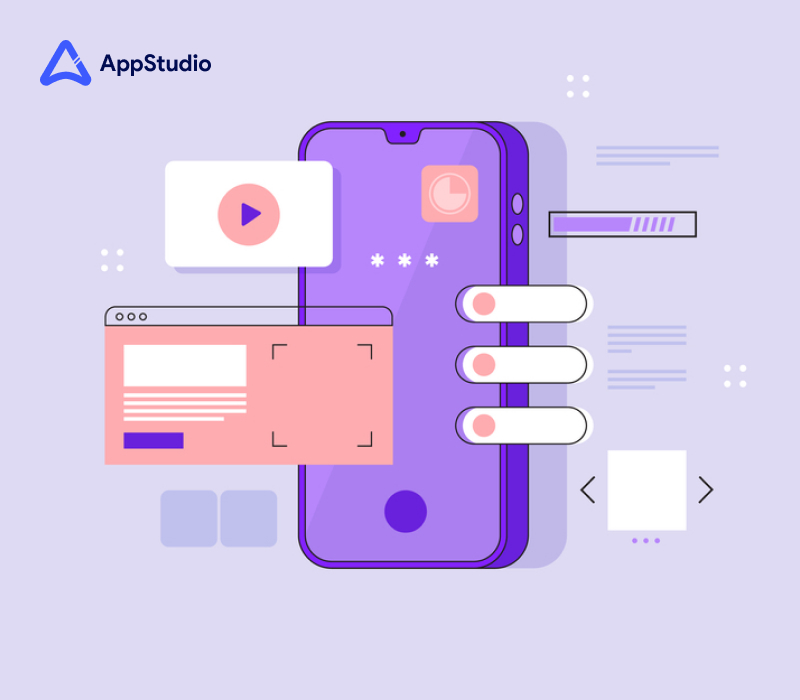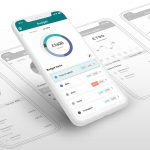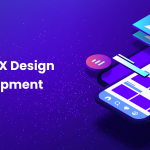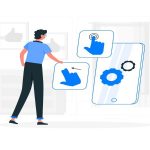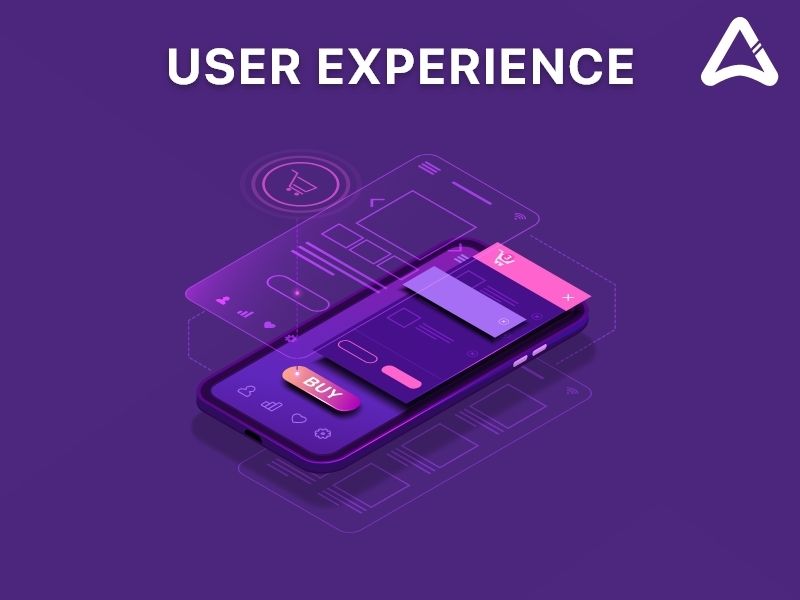In today’s competitive digital landscape, user experience (UX) plays a crucial and critical role in determining the success and reach of mobile applications.
Experience Design, a discipline focused on crafting meaningful and enjoyable user experiences, has emerged as an irreplaceable aspect of app development. With good experience, design comes enhanced app engagement, extraordinary user experience, and in turn, long-term loyalty from the customers.
In this blog, we will explore the importance of Experience Design for mobile apps and delve into proven strategies that can effectively boost app engagement. Through case studies and live examples, we will showcase how these strategies have successfully enhanced user satisfaction and increased app usage.
You can also read – The Importance of UX Design in App Development: Creating User-Friendly Apps
What is Experience Design?
Experience Design encompasses the process of creating intuitive, user-centric interfaces that facilitate seamless interactions between individuals and digital products. It involves understanding user behaviors, needs, and preferences to design captivating experiences that surpass expectations. In the realm of mobile apps, Experience Design plays a vital role in capturing user attention, fostering engagement, and driving conversions.
Importance of Experience Design for Mobile Apps
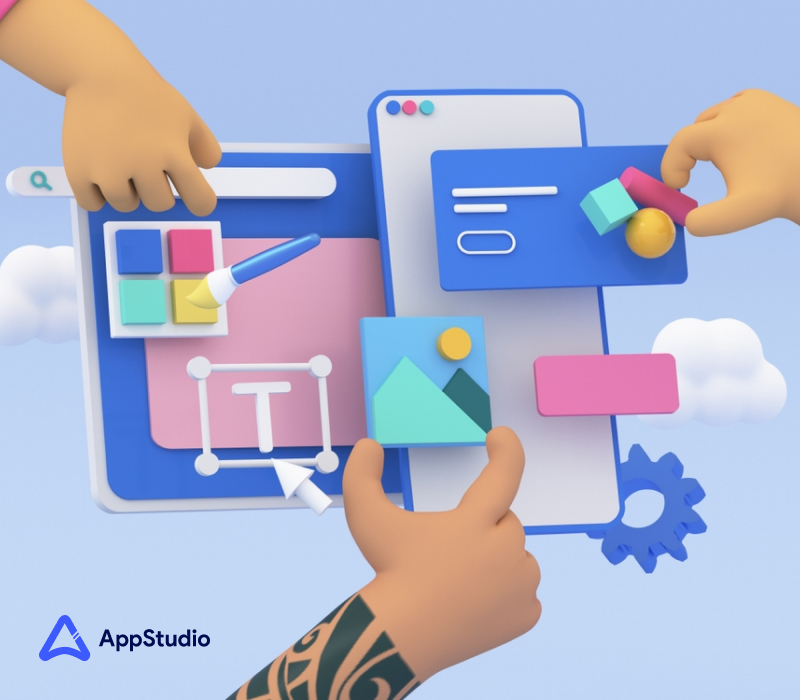
Enhancing Usability
Intuitive and easy-to-use interfaces are paramount for mobile app success. By employing Experience Design principles, developers can create clear navigation, logical information architecture, and smooth interactions that reduce friction and make app usage effortless. This results in enhanced usability, allowing users to achieve their goals efficiently and enjoyably.
How This Helps? Live Example: The Headspace App
Headspace, a popular meditation app, employs Experience Design to provide a seamless and intuitive user journey. The app’s clean interface, guided user flow, and simple interactions contribute to an immersive and frictionless meditation experience, fostering user engagement and satisfaction.
You can also read – A Detailed Guide to Industrial IoT – Major Challenges & Solutions
Creating Delightful User Experiences
In a crowded app market, standing out requires offering delightful experiences that resonate with users. Experience Design strategies enable the integration of visually appealing aesthetics, animation, and micro-interactions that evoke positive emotions and create memorable experiences. By incorporating these elements, apps can establish an emotional connection with users, increasing engagement and retention.
How This Helps? Live Example: Duolingo App
Duolingo, a language learning app, combines gamification and playful design elements to create an enjoyable and addictive learning experience. By integrating animated characters, progress tracking, and reward systems, the app motivates users to engage consistently, resulting in high user retention and satisfaction.
Proven Experience Design Strategies For Boosting App Engagement
Personalization
Tailoring the app experience to individual user preferences and needs can significantly enhance engagement. Personalization strategies can include customized content recommendations, adaptive interfaces, and personalized notifications. By offering relevant and targeted experiences, apps can increase user engagement and foster a sense of ownership.
Case Study: Spotify App
Spotify utilizes personalization techniques by curating personalized playlists, suggesting music based on listening history, and offering tailored recommendations. By personalizing the music discovery journey, Spotify keeps users engaged, leading to increased usage and satisfaction. Personalization tactics such as playlists deployed by Spotify encourage users to share their songs and collections with their friends, thereby triggering more downloads and more engagement.
Streamlined Onboarding
First impressions matter, and a seamless onboarding process can greatly impact user engagement. Experience Design should focus on providing a smooth and intuitive onboarding flow that quickly introduces users to key app features and benefits. Minimizing barriers to entry ensures that users can easily understand and appreciate the app’s value, fostering immediate engagement.
Case Study: Airbnb App
Airbnb streamlines the onboarding process by guiding users through a step-by-step registration and account setup process. By simplifying the initial experience and showcasing the benefits of the platform, Airbnb establishes trust and encourages users to explore and engage with the app. Besides, AirBnB has also deployed cutting-edge engagement tools as part of experience design for both the hosts and the customers, which drives more actions, and more usage of the application, directly impacting their revenues and profitability.
You can also read – Decoding Mobile Application Architecture: How To Choose The Best Architecture?
Contextual Guidance
Users often seek guidance and support within an app, particularly when encountering new features or complex tasks. Employing Experience Design techniques such as contextual hints, tooltips, and interactive tutorials can assist users in navigating unfamiliar functionalities, boosting confidence, and encouraging exploration.
Case Study: Canva App
Canva incorporates contextual guidance through tooltips and interactive tutorials that appear when users interact with new design features. By providing real-time guidance and encouraging exploration, Canva empowers users to create stunning designs, resulting in increased engagement and user satisfaction. With super easy-to-use tools and drag-and-drop features, Canva ensures that even novice and non-tech users can swiftly use their platform, and solve their creative needs, with little effort. A classic example of a great experience design, that drives more engagement, and more action.
Seamless Multi-Channel Experiences
In today’s interconnected world, users expect a seamless experience across multiple devices and platforms. Experience Design strategies should aim to deliver consistent interfaces and interactions, allowing users to seamlessly transition between different devices while maintaining continuity. This creates a unified experience that enhances engagement and keeps users invested in the app ecosystem.
Case Study: Google Drive App
Google Drive seamlessly synchronizes files and documents across devices, ensuring that users can access and edit their content effortlessly. This cohesive experience enables users to seamlessly transition between devices, boosting engagement and productivity. With a closed, integrated, and connected ecosystem of different useful and productive tools, all available with a tap, Google has shown what a great experience design can accomplish for the end-users, directly enhancing app usage and engagement.
You can also read – Top 10 iOS App Development Companies In Canada (2023)
Final Thoughts
Experience Design is a crucial aspect of mobile app development, enabling developers to create engaging, intuitive, and delightful experiences and strategies that captivate users. By leveraging proven strategies such as personalization, streamlined onboarding, contextual guidance, and seamless multi-channel experiences, app developers can drive app engagement, increase user satisfaction, and ultimately achieve business success.
Through case studies and live examples, we have witnessed how these strategies have positively impacted app usage, highlighting the immense value of Experience Design in the competitive mobile app landscape.
Connect with our experienced UI/UX design experts at AppStudio, and explore how we can unleash next-gen, futuristic, and intuitive experience design for your application, and ensure unstoppable success for your mobile app.
